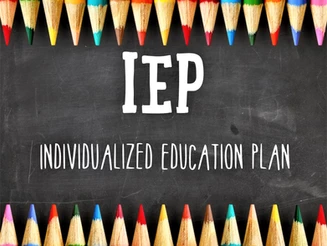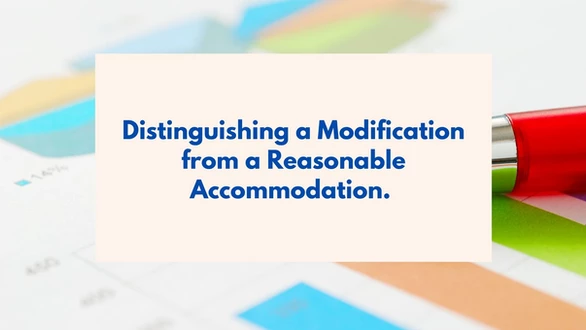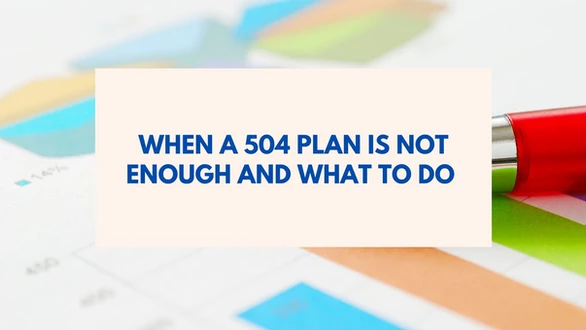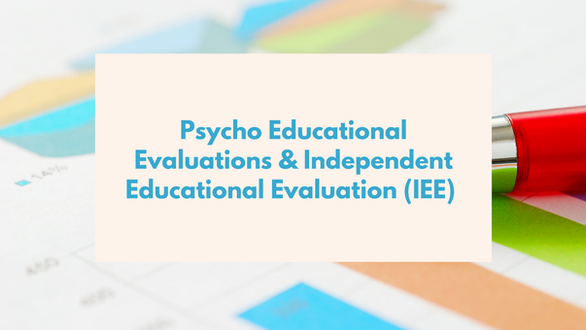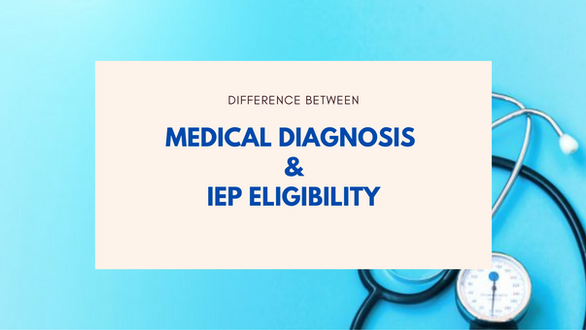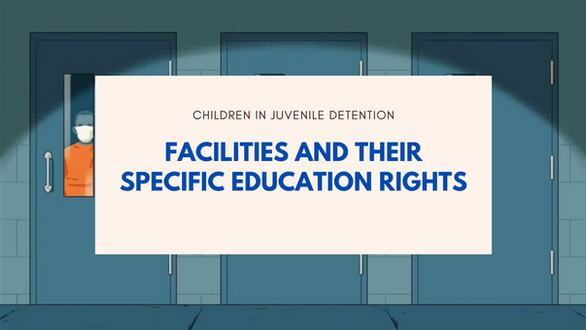**We wish to thank Andrew M.I. Lee, J.D., for providing much of the source material for creating this posting.
The Individualized Education Program (IEP) is developed by school districts to help students with special needs to have the same educational experience as general education students do. Since they were first implemented, IEPs have been proven to be effective in providing children equal opportunities of learning no matter what disability they may be facing.
But what if, after an evaluation, the school presents you with an IEP that you feel isn’t completely right for your child. Can you agree with some parts of the IEP but not others? The good news is: yes you can.
When offered an initial IEP, you have the right to give consent to some parts of the IEP while rejecting the others. If you decide to give partial consent, the school must implement only the parts of the IEP you agreed to. Once an IEP is in place, partial consent can no longer be an option — you must use dispute resolution options.
Here’s what you need to know.
IDEA and Partial Consent
Under the Individuals with Disabilities Education Act (IDEA), parents have various legal protections when it comes to agreeing to any educational plans that are proposed for their children. One such right is that the school requires your informed written consent before it provides services to your child initially.
Informed consent means that you know what the school wants to do, and that you understand and agree to the proposal in writing. Signing the IEP shows that you consent. (States can add extra parent consent requirements, so it’s a good idea to check with your local parent training center to see if there are additional protections.)
IDEA also allows you to give partial consent to an initial IEP — to agree to some parts but not others. This means that a school administrator cannot refuse to give your child school services if you do not agree to the whole IEP. An IEP is not an all-or-nothing choice. You, as a parent, have a say in what you think is best for your child.
The regulations set by IDEA say that a school district cannot use a parent’s refusal to consent to one service or activity, to deny the parent or child any other service, benefit, or activity.
Understand that you can only partially consent to your child’s initial IEP. Once an IEP is put in place, you can still revoke your consent: this, however, will end the IEP, and your child will be treated as a general education student.
This doesn’t mean the IEP is set in stone, though. You can still use dispute resolution options to request changes to an IEP you consented to earlier. You also have “stay put” rights to keep services in place. Below are steps that you can take if you think your child’s IEP isn’t working.
Giving Partial Consent to an IEP
It is important to keep in mind that giving consent to an IEP must be done in writing.
A good way to do this is to write on the IEP’s signature page that you partially consent and to attach an addendum that carefully explains your disagreement. Here’s what you can write on the signature page:
Date: (Month/Day/Year)
Signature: (Your signature)
Name: (Your name)
I consent to the implementation of this IEP except for the items listed on Addendum A, attached to this IEP. My partial consent does not mean that I agree that this IEP provides my child a free appropriate public education. I reserve the right to challenge the appropriateness of the entire IEP as well as any of the items listed in Addendum A.
You can also mark up the IEP with notes regarding your disagreements on certain sections, although using an addendum gives you more space to write. An addendum is also clearer and easier for others to read.
It is important to list every area of disagreement, not just in the services or accommodations. For example, you might disagree with the school’s evaluation results; or with statements in the IEP; or something that happened during an IEP meeting. If for some reason you can’t attach the addendum, you can mail it to the school with a cover letter.
After the Partial Consent
If you give partial consent to an IEP, the school is required to implement the services you agreed to. The parts of the IEP you don’t agree with cannot be implemented if a dispute resolution is not filed.
For example, if the proposed IEP gives your child one hour of reading instruction per week and also requires an out-of-class behavior program (which you don’t think your child needs), but you think your child needs two hours a week of reading instruction – you can consent to the reading instruction in writing (while indicating that you don’t agree to the number of hours nor the behavior program).
This would result in the school not implementing the behavior program, while still providing one hour of reading instruction per week as you work to resolve the disagreement regarding the number of hours.
But this is not the end of the story. Since you and the school have disagreements regarding the IEP, dispute resolution options under the IDEA come into play.
You can start with an informal negotiation: You or the school can call an IEP meeting to iron out the number of hours of reading instruction. If it is not resolved in the meeting, you can ask for mediation or a due process hearing, where a hearing officer makes the decision.
A word of caution: Consenting to only a part of the IEP may not sit well with some of the IEP team members or school staff. After all, they’re trying to develop an IEP that they think is right for your child. If you disagree with the school, it’s important to try to have an open discussion with staff about why you are doing so. Make sure they understand that you want to work with them in a positive way.
Learn more about your rights in the IEP process, and see more important passages from IDEA. Check out 10 myths about special education rights. And get tips on how to be an effective advocate for your child.
Key Takeaways
- The IEP is not an all-or-nothing choice.
- One way to give partial consent to an initial IEP is to add an addendum where you explain what you disagree with.
- Make sure the IEP team and the school staff know that you want to work with them in a positive way.

